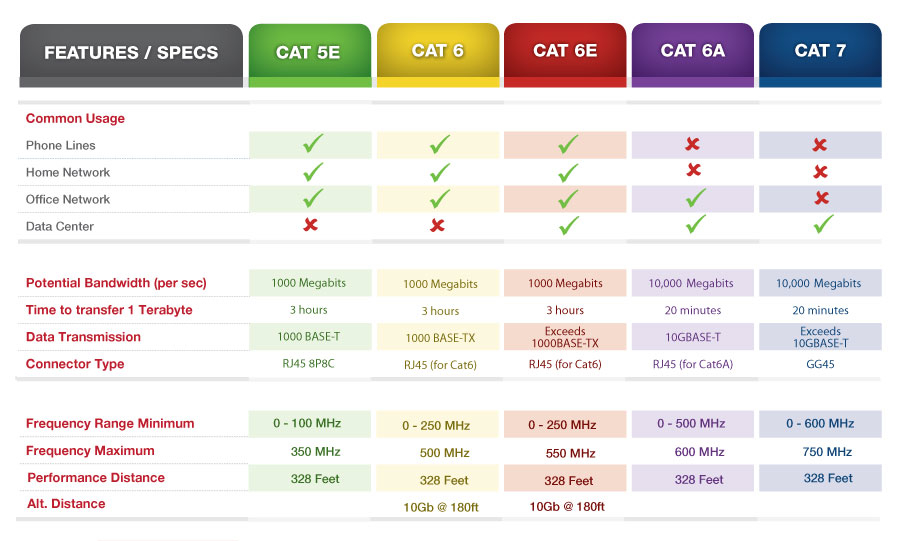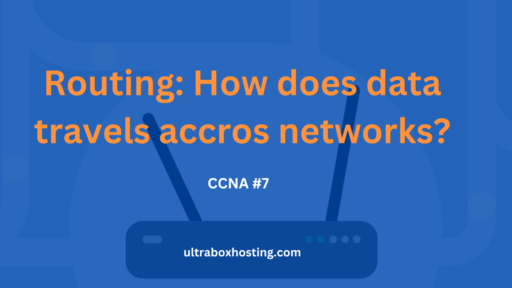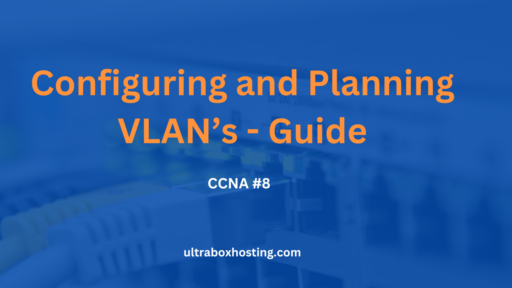In the realm of network technologies, Ethernet stands out as a fundamental framework for building Local Area Networks (LANs). Since its inception in the early 1970s by Robert Metcalfe and his colleagues at Xerox PARC, Ethernet has evolved significantly, offering robust, efficient, and relatively inexpensive solutions for network connectivity. In this detailed guide I will delve into the intricacies of Ethernet, exploring its functionality, standards, and its pivotal role in modern networking.
Table of Contents
Understanding Ethernet
Ethernet is a family of networking technologies used for local area networking of devices. It enables the connection and communication between devices close to each other, such as in offices, schools, or homes. Ethernet works by linking computers and other devices through cables, which carry data signals sent and received.
The Evolution of Ethernet
Ethernet has undergone numerous changes since its creation. Initially designed as a simple way to link computers over short distances, the standard has expanded its capabilities and speeds from 10 Megabits per second (Mbps) to current standards that support speeds up to 400 Gigabits per second (Gbps).
- Standardization: The first standardized version of Ethernet was published by the Institute of Electrical and Electronics Engineers (IEEE) as IEEE 802.3 in 1983. This standard has been updated numerous times to include improvements and adapt to new needs and technologies.
- Speed Enhancements: From the original 10 Mbps of the classic Ethernet, the standard evolved through Fast Ethernet (100 Mbps), Gigabit Ethernet (1 Gbps), 10 Gigabit Ethernet, and up to today’s implementation of speeds like 100 Gbps and 400 Gbps.
How Ethernet Works
At its core, Ethernet is a protocol that controls how data is transmitted over a LAN. It relies on a set of rules to manage how devices on a network communicate.
- Frame Structure: Data is packaged into frames, which contain the destination and source addresses, and error-checking data that ensures the integrity of data transmission.
- CSMA/CD (Carrier Sense Multiple Access with Collision Detection): In traditional Ethernet, CSMA/CD is employed to minimize collisions caused by multiple systems sending messages simultaneously. Although less relevant in modern switched Ethernet networks, CSMA/CD was vital in earlier network designs.
- Switching: Modern Ethernet networks use switches to connect devices and route data packets between them. Switches receive incoming Ethernet frames, inspect the destination address, and forward the frame to the appropriate port.
Ethernet Cabling and Infrastructure

Cabling is a crucial component of any Ethernet network. Different types of cables are used depending on the network’s range, data rate, and environmental conditions.
- Twisted Pair Cable (Copper): The most common form of Ethernet cabling is twisted pair cabling, which includes categories such as Cat5e, Cat6, and Cat7. These cables are used for a variety of speeds and are standard in residential and commercial environments.
- Fiber Optic Cable: For longer distances and environments requiring high data integrity, fiber optic cables are used. These cables transmit data as light rather than electrical signals, providing higher speeds and reduced susceptibility to electromagnetic interference.
- Coaxial Cable: Initially, Ethernet used coaxial cables, but their use has declined in favor of twisted pair and fiber optic cables due to their bulkiness and difficulty in installation.
Ethernet Standards and Protocols
The development of Ethernet standards has been crucial in ensuring compatibility and performance across different devices and vendors.
IEEE 802.3: The most widely recognized standard for Ethernet, which defines the physical and lower software layers.
Ethernet Frame Types: Ethernet uses different frame types to support various protocols. These include Ethernet II frame, the most commonly used, and older types like 802.3 frames.
Applications of Ethernet in Modern Networks
Ethernet is not only fundamental in business and home networking but also forms the backbone of data center networking and is increasingly used in metro area networks (MANs) and wide area networks (WANs).
Data Centers: Ethernet’s scalability makes it ideal for data center networking, where high data transfer speeds and large volumes of traffic are common.
Industrial Networks: Due to its robustness and reliability, Ethernet is also widely used in industrial environments, helping to connect sensors, machinery, and control systems.
The Future of Ethernet
As network demands continue to escalate, Ethernet is expected to keep evolving. Innovations in Ethernet technologies are geared towards supporting higher data rates, reduced latency, and improved scalability. The introduction of standards like 400 Gbps Ethernet and beyond are anticipated to address the growing data needs of modern networks, cloud computing, and advanced applications like virtual reality and AI.
Conclusion
Ethernet has significantly shaped the landscape of network communication, providing a flexible, reliable, and scalable solution that supports a multitude of applications. As we look towards future advancements, Ethernet’s role in the development of new networking paradigms, including automated operations and the Internet of Things (IoT), continues to be of paramount importance. Understanding Ethernet is not just about comprehending a set of technologies but appreciating a critical component of the global information economy.




